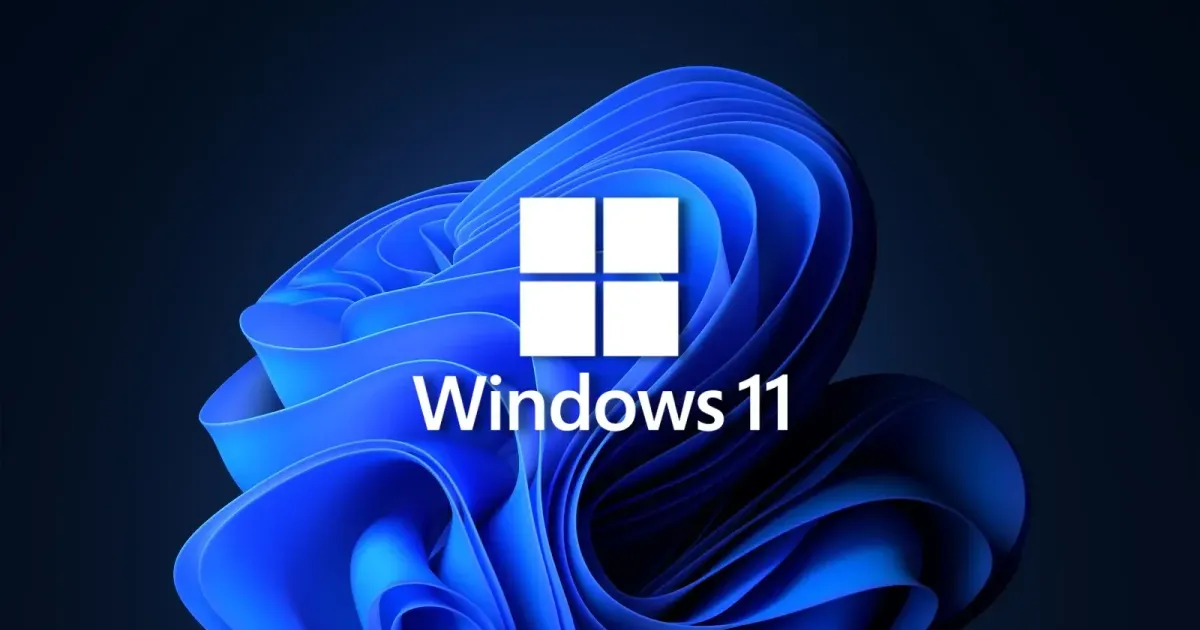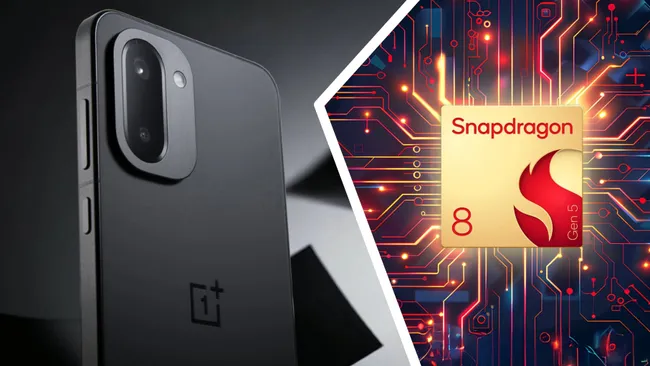September 1, 2025
Microsoft has officially confirmed that Windows 11 version 25H2 is on its way, but users hoping for exciting new features may be disappointed. The update is focused less on fresh tools and more on streamlining the upgrade experience.
What to Expect
Unlike earlier releases, version 25H2 does not introduce any new features at launch. Instead, it builds directly on version 24H2, serving mainly as an “enablement package.” This means that rather than requiring a full reinstallation of the operating system, the update can be applied quickly with just a restart—similar to installing a monthly cumulative update.
Speed and Efficiency
The biggest advantage for users is speed. Moving from version 24H2 to 25H2 will take only a fraction of the time that a traditional upgrade requires. This lightweight approach not only reduces downtime but also minimizes disruptions for both home users and businesses.
Small but Notable Changes
While no headline features are being introduced, some legacy components are being removed. Tools such as PowerShell 2.0 and the old WMIC console will no longer be part of the system. In addition, IT administrators in enterprise and education environments will have greater control over pre-installed Microsoft Store apps, allowing them to remove software that isn’t needed.
Availability and Support
The update is currently being tested in the Release Preview Channel and is expected to become widely available in September or October. Importantly, installing Windows 11 version 25H2 resets the support timeline: Home and Pro editions will receive 24 months of support, while Enterprise and Education editions will get 36 months.
Why It Matters
This release highlights Microsoft’s new update strategy. Instead of holding features for a single big release, the company now stages improvements in advance and activates them later when stable. For users, this means smoother upgrades, faster installations, and less downtime—though at the cost of fewer surprises.
















Leave a Reply